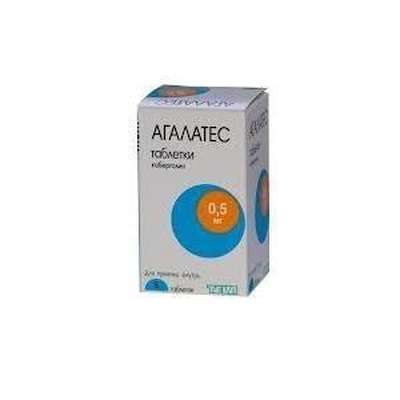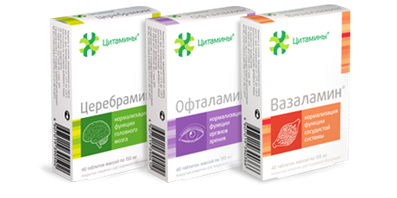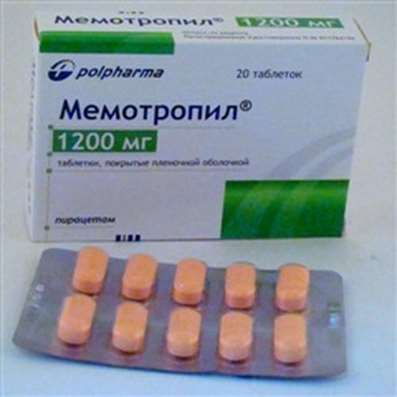Instruction for use: Ocumethyl
I want this, give me price
Active substance: Diphenhydramine + Naphazoline + Zinc sulfate
ATX Code S01GA51 Naphazoline in combination with other drugs
Pharmacotherapeutic group:
Alpha-adrenoceptor agonists in combination
H1-antihistamines in combination
Ophthalmic agents in combination
The nosological classification (ICD-10)
H10.1 Acute atopic conjunctivitis
Allergic conjunctivitis, Allergic eye disease, Allergic conjunctivitis, Allergic conjunctivitis is caused by chemical and physical factors, Allergic rhinoconjunctivitis,Allergic inflammation of the eye, Spring catarrh, Spring keratitis, Spring conjunctivitis, allergic Conjunctivitis, Perennial allergic conjunctivitis,Exacerbation of pollen allergy in the form of Syndrome rinokonyunktivalnogo, Acute allergic keratoconjunctivitis, Acute allergic conjunctivitis,Superficial bacterial eye infections,rhinoconjunctivitis, Seasonal allergic conjunctivitis, Seasonal conjunctivitis, Sennoz, Chronic allergic keratoconjunctivitis, Chronic allergic conjunctivitis
H10.2 Other acute conjunctivitis
angular conjunctivitis
H10.4 Chronic conjunctivitis
Chronic allergic conjunctivitis, Chronic inflammation of the conjunctiva, Papillary conjunctivitis, phlyctenular keratoconjunctivitis
H10.5 blepharoconjunctivitis
Chronic blepharoconjunctivitis, blepharoconjunctivitis, stafillokokk blepharoconjunctivitis
H57.9 Violation of the eye and adnexa, unspecified
Allergic reactions ophthalmic, Allergic blepharitis, Symptoms of eye irritation, The syndrome of visual fatigue, Eye diseases, Spontaneous blockade angle opposite eye, Fatigue and pain in the eyes, Burning sensation in the eye, Ocular allergy, Allergic eye disease, Age-related changes in the eye structures, Eye disease, ophthalmopathy, Eye disease on the background of hyperthyroidism, Foreign body sensation in the eye, eye irritation, Eye Irritation sun, Conjunctival irritation when using contact lenses, Eye irritation shells, eye fatigue, Vascular eye disease, Age-related eye diseases, Iatrogenic blockade angle opposite eye, irritation of the conjunctiva, Irritation of the eyes, Eye irritation, Overvoltage and eye fatigue, Increased eye fatigue after visual loads, infiltrative ophthalmopathy
Structure and Composition
Eye Drops 10 ml
active substance:
zinc sulfate 10 mg
diphenhydramine hydrochloride 10 mg
nafazolin hydrochloride 10 mg
Excipients: sodium citrate; lemon acid; benzalkonium chloride; Methylene blue dye; sodium chloride; hypromellose 4000; sodium hydroxide; distilled water
The drug forms
Transparent blue liquid.
pharmachologic effect
antiallergic
pharmacodynamics
Okumetil is a combined preparation containing zinc sulphate, and diphenhydramine naphazoline.
Zinc sulfate in the local application of astringent, dries, anti-inflammatory and antiseptic action.
Naphazoline - sympathomimetic. It provides rapid, pronounced and prolonged vasoconstrictor effect. When applied topically, reduces edema and hyperemia of the mucous membranes.
Diphenhydramine - blocker of H1-histamine receptors. When applied topically, it reduces the permeability of capillaries and prevents swelling of tissues. Thus Okumetil antiseptic, antiallergic and anti-inflammatory effect.
Pharmacokinetics
When applied topically exposed to systemic absorption. Data on the degree of penetration in various eye tissues after topical application no.
Indications
chronic non-specific conjunctivitis and Blepharoconjunctivitis;
allergic conjunctivitis and Blepharoconjunctivitis;
angular conjunctivitis;
reduction in eye tissue irritation symptoms (redness, itching, foreign body sensation).
Contraindications
Hypersensitivity to the drug;
angle-closure glaucoma;
dry eye syndrome;
pregnancy;
lactation;
prostatic hyperplasia;
stenotic gastric and duodenal ulcers;
stenosis of the bladder neck;
bronchial asthma;
epilepsy;
cardiovascular disease (coronary heart disease, hypertension);
pheochromocytoma;
hyperthyroidism;
diabetes;
expressed atherosclerosis;
Children under 2 years old.
Precautions: patients taking MAO inhibitors or other drugs that increase blood pressure.
Side effects
After instillation may cause a sense of light burning, blurred vision, allergic reactions. In aphakia may develop maculopathy and the emergence of a central scotoma. In this case, removal of the drug leads to regression of symptoms.
After nafazolina local use, which is part of Okumetila may be reactive hyperemia and edema, eye irritation, mydriasis, increased intraocular pressure. the phenomenon of tissue irritation occur most often after prolonged use.
Since the local application has naphazoline obscherezorbtivnoe action, may develop tachycardia, increased blood pressure, nausea, headache. When applied topically, diphenhydramine may develop side effects both local and systemic nature: paresis of accommodation, photosensitivity, dry eyes, and numbness of the mucous membranes, drowsiness, weakness, decreased psychomotor reactions and impaired motor coordination, dizziness.
With prolonged use of zinc salts may cause dryness of the mucous membranes of the eyes
Interaction
Since the possible reduction of mutual effects of diphenhydramine and drugs that stimulate the central nervous system, it does not recommend the use of Okumetila in patients using these drugs.
Okumetil should not be used simultaneously with MAO inhibitors and within 10 days after the termination of their admission. As a result of the joint use of beta-blockers, MAO inhibitors agonists is intensified activities of the latter. Naphazoline slows the absorption of local anesthetics, it is not recommended to use the drug Okumetil joint with local anesthetic used in ophthalmology.
Zinc sulphate pharmaceutically incompatible with silver salts, lead, quinine, ihtiola, citral, protargola, schelochnoreagiruyuschimi substances.
Dosage and Administration
Locally (in the conjunctival sac). Unless otherwise physician prescriptions, then 1 drop instilled into the conjunctival sac of the affected (misfit) of the eye (eye), 2-3 times a day.
If, during the use of the drug for 72 hours is not a decrease in symptoms, discontinue using the product and seek medical advice.
Overdose
Data for drug overdose is absent.
special instructions
Effects on ability to drive vehicles and management mechanisms. Within 10-15 minutes after instillation may decrease visual acuity, and therefore caution should be exercised when driving and operating machinery.
To avoid contamination of the solution, the vial should be kept tightly closed and avoid contact with the pipette tip to any surface.
release Form
Drops eye. 5 or 10 ml vials in plastic droppers blue-purple color with the first control opening. On 1 vial. placed in a cardboard box.
Storage conditions
In the dark place at a temperature of 15-25 ° C.
Keep out of the reach of children.
The shelf life
3 years. After opening the bottle should be used within 1 month.
Do not use beyond the expiration date printed on the package.
Available without prescription

 Cart
Cart





